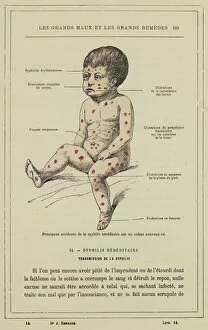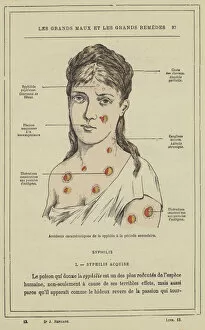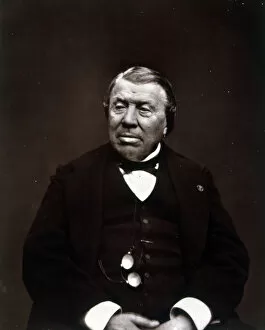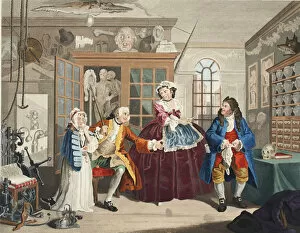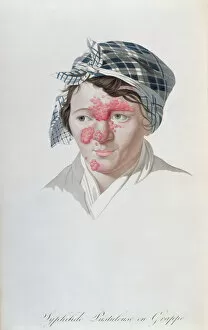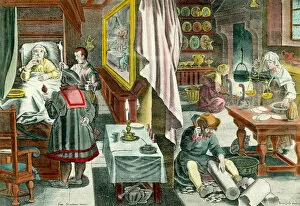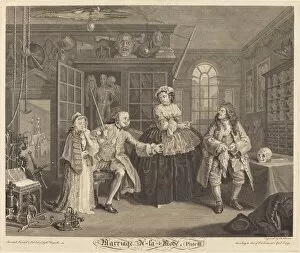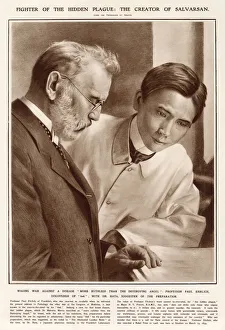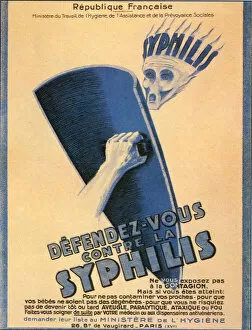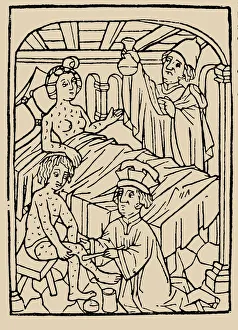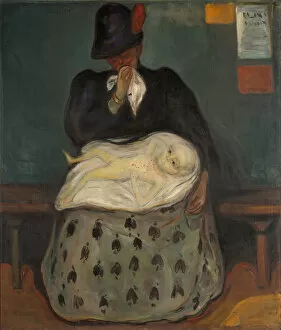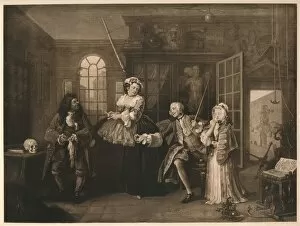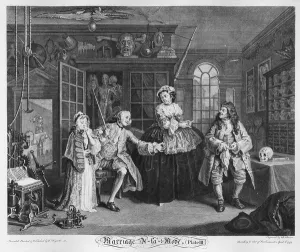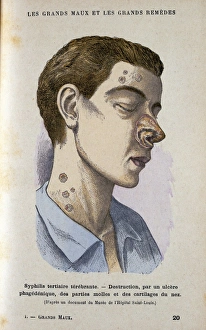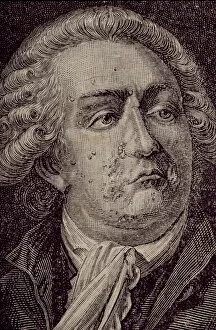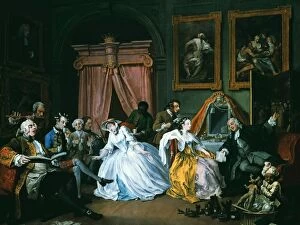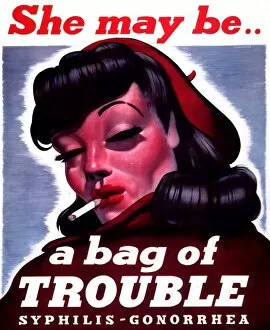Syphilis Collection (page 2)
In 1883, the world was introduced to a devastating disease known as syphilis
All Professionally Made to Order for Quick Shipping
In 1883, the world was introduced to a devastating disease known as syphilis. This poster by artist Ramon Casas serves as a reminder of the impact this illness had on society. Today, we urge everyone to take action and get tested for syphilis. The microscopic image of the syphilis bacterium under a TEM microscope highlights the importance of early detection. By finding syphilis help and getting blood tests, we can prevent its spread and protect ourselves. Looking back at historical data from the 1920s in the UK population, projection slides reveal alarming statistics about syphilis prevalence, and is crucial that we learn from history and work towards eradicating this disease. Treatment methods have evolved over time, as shown in projection slides depicting how syphilis was treated in the US Navy during the same era. These advancements give hope that with proper medical care, individuals can overcome this infection. Understanding how syphilis is passed on is vital for prevention efforts. Projection slides illustrate various modes of transmission, emphasizing safe practices such as practicing protected sex and avoiding sharing needles. One particularly concerning aspect highlighted by another slide is how syphilis affects pregnancy. Expectant mothers must be aware of potential risks to their unborn child and seek appropriate medical attention to safeguard both themselves and their babies. Recognizing symptoms plays a significant role in early diagnosis. The 1920s projection slide showcases common signs like skin lesions or rashes associated with tertiary period syphilis symptoms on different parts of the body. Prompt recognition allows for timely treatment intervention. Syphilis has left an indelible mark throughout history; however, through education, awareness campaigns like these can empower individuals to take control of their health. Let us unite against this disease by spreading knowledge and encouraging regular testing - together we can combat it effectively.


